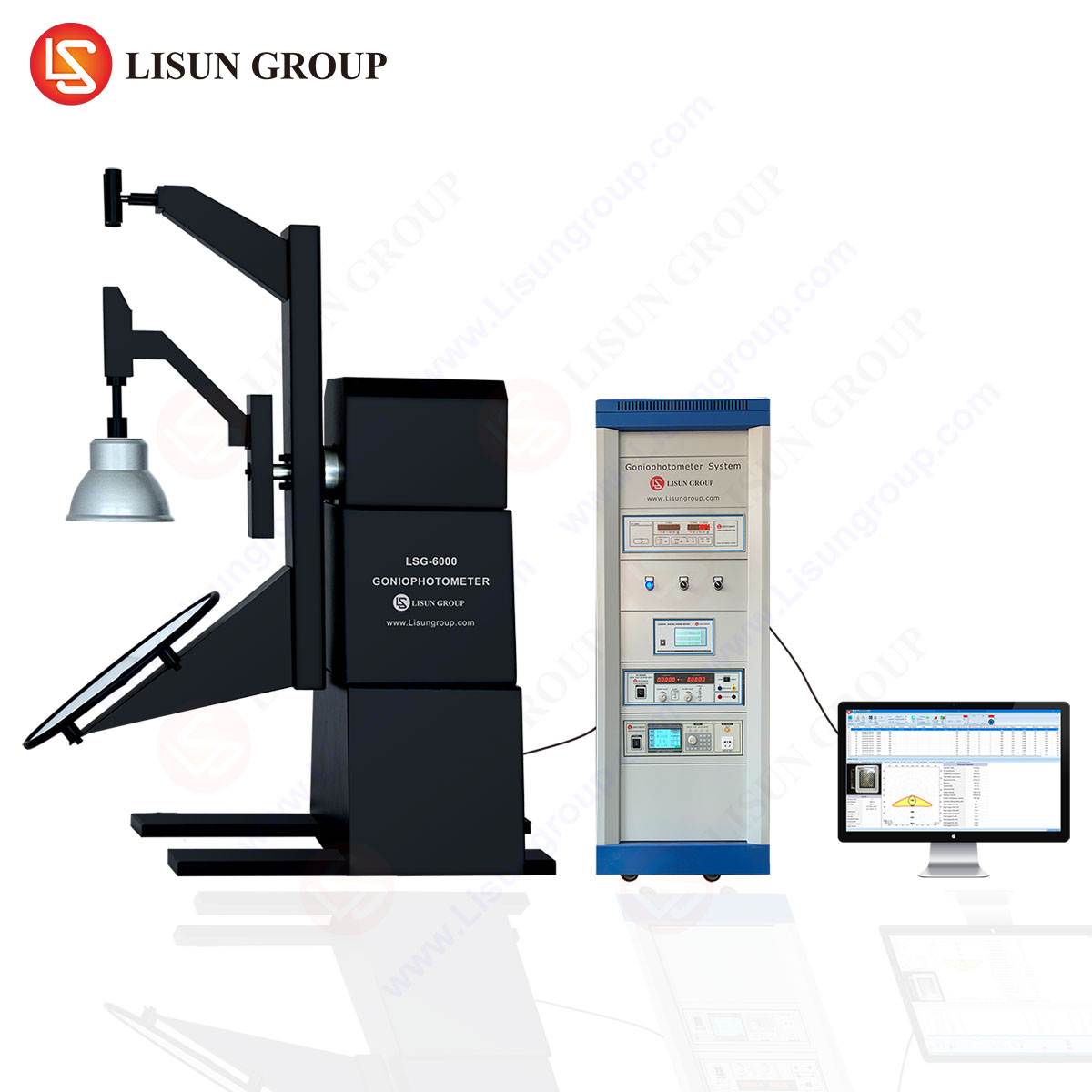Introduction to High-Precision Spectrophotometry in Modern Industries
Spectrophotometers are critical instruments in industries requiring precise optical measurements, including LED manufacturing, automotive lighting, aerospace illumination, and scientific research. The LISUN LMS-6000 and Sekonic C-800 are two advanced spectrophotometers designed for high-accuracy spectral analysis. This technical comparison evaluates their specifications, measurement principles, compliance with industry standards, and suitability for specialized applications.
Core Technical Specifications and Measurement Capabilities
The LISUN LMS-6000 is a high-performance spectroradiometer with a wavelength range of 380–780 nm (extendable to 200–1100 nm in specialized variants), offering a spectral resolution of ≤1.5 nm and a photometric accuracy of ±2%. It supports high-speed data acquisition (10 ms per scan) and integrates a high-sensitivity CCD detector for low-light applications.
In contrast, the Sekonic C-800 operates within a 360–750 nm range, with a spectral resolution of 3.3 nm and a photometric accuracy of ±3%. While it provides a broader angular measurement capability (1° to 180°), its spectral precision is marginally lower than the LMS-6000.
Key Specifications Comparison
| Parameter | LISUN LMS-6000 | Sekonic C-800 |
|---|---|---|
| Wavelength Range | 380–780 nm (expandable) | 360–750 nm |
| Spectral Resolution | ≤1.5 nm | 3.3 nm |
| Photometric Accuracy | ±2% | ±3% |
| Measurement Speed | 10 ms per scan | 100 ms per scan |
| Detector Type | High-sensitivity CCD | CMOS sensor |
| Angular Adaptability | Fixed and adjustable optics | 1°–180° field of view |
Measurement Principles and Optical System Design
The LMS-6000 employs a double-monochromator design with a diffraction grating and slit mechanism, minimizing stray light interference and enhancing wavelength accuracy. This architecture is particularly advantageous in low-light environments such as aerospace cockpit displays or marine navigation lighting.
The Sekonic C-800 utilizes a single-grating monochromator with a CMOS sensor, optimized for rapid field measurements in studio lighting and urban design. However, its optical design introduces minor trade-offs in spectral purity compared to the LMS-6000’s dual-grating system.
Industry-Specific Applications and Compliance with Standards
LED and OLED Manufacturing
The LMS-6000’s high resolution (±1.5 nm) ensures precise characterization of narrow-band LED emissions, making it indispensable for quality control in semiconductor fabrication. It complies with CIE 177, ANSI C78.377, and IES LM-79 standards, whereas the C-800 meets general CIE recommendations but lacks specialized LED testing certifications.
Automotive and Aerospace Lighting Testing
Automotive headlamp and aircraft navigation lighting require stringent spectral validation under SAE J575 and FAA AC 150/5345-46E. The LMS-6000’s extended UV-VIS-NIR detection (200–1100 nm in UV/SF variants) enables full-spectrum analysis of UV-stabilized materials, a feature absent in the C-800.
Display and Photovoltaic Testing
For OLED displays and solar cell efficiency testing, the LMS-6000 provides superior repeatability (±0.3% deviation) compared to the C-800 (±0.8%). Its calibrated integrating sphere attachment ensures uniform irradiance measurements, critical for ISO 9060:2018 (solar irradiance) and VESA DisplayHDR validation.
Competitive Advantages of the LISUN LMS-6000
- Higher Spectral Resolution – Essential for detecting minute wavelength shifts in medical lighting and laser diodes.
- Faster Data Acquisition – 10 ms scan speed facilitates real-time monitoring in dynamic environments like stage lighting.
- Modular Expandability – Optional UV/NIR extensions support specialized R&D in optical instrumentation.
- Stricter Compliance – Direct adherence to MIL-STD-810G (vibration resistance) and IP54 (dust/water ingress).
Limitations and Trade-offs Between Systems
The Sekonic C-800 offers superior angular adaptability (180° FOV), beneficial for architectural lighting design. However, its CMOS sensor exhibits higher noise levels in low-lux conditions, limiting its use in scientific photometry. The LMS-6000’s fixed optics require external adapters for wide-angle measurements, a minor constraint in controlled laboratory settings.
Conclusion: Selecting the Optimal Spectrophotometer
The LISUN LMS-6000 excels in precision-critical applications such as LED manufacturing, aerospace, and medical lighting, while the Sekonic C-800 is better suited for field-based photometry in entertainment and urban design. Decision-makers must prioritize resolution, speed, and regulatory compliance when selecting between these systems.
FAQ: Technical Clarifications on Spectrophotometer Selection
Q1: Can the LMS-6000 measure UV emissions for sterilization lamp validation?
Yes, the LMS-6000UV variant extends detection to 200 nm, enabling UVC (254 nm) validation per ISO 15714.
Q2: Does the Sekonic C-800 support flicker analysis for LED drivers?
No, flicker metrics require high-speed spectroradiometers like the LMS-6000F (up to 20 kHz sampling).
Q3: Which instrument is preferable for marine navigation light certification?
The LMS-6000 meets IALA and COLREG standards due to its ±2% maritime-grade photometric accuracy.
Q4: Can the C-800 measure correlated color temperature (CCT) below 1500K?
No, its lower limit is 1500K, whereas the LMS-6000 achieves 1000K with its enhanced near-IR sensitivity.
Q5: Is the LMS-6000 compatible with third-party optical software?
Yes, it supports MATLAB, LabVIEW, and Python via SDK for custom automation workflows.







